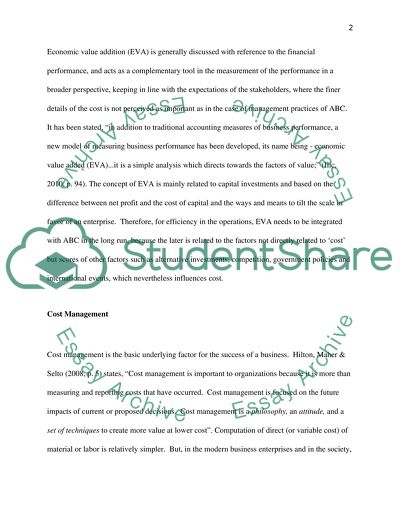Cite this document
(“The effect of Value-Added Activity Based Costing and Economic Value Essay”, n.d.)
Retrieved from https://studentshare.org/environmental-studies/1409604-the-effect-of-value-added-activity-based-costing
Retrieved from https://studentshare.org/environmental-studies/1409604-the-effect-of-value-added-activity-based-costing
(The Effect of Value-Added Activity Based Costing and Economic Value Essay)
https://studentshare.org/environmental-studies/1409604-the-effect-of-value-added-activity-based-costing.
https://studentshare.org/environmental-studies/1409604-the-effect-of-value-added-activity-based-costing.
“The Effect of Value-Added Activity Based Costing and Economic Value Essay”, n.d. https://studentshare.org/environmental-studies/1409604-the-effect-of-value-added-activity-based-costing.


